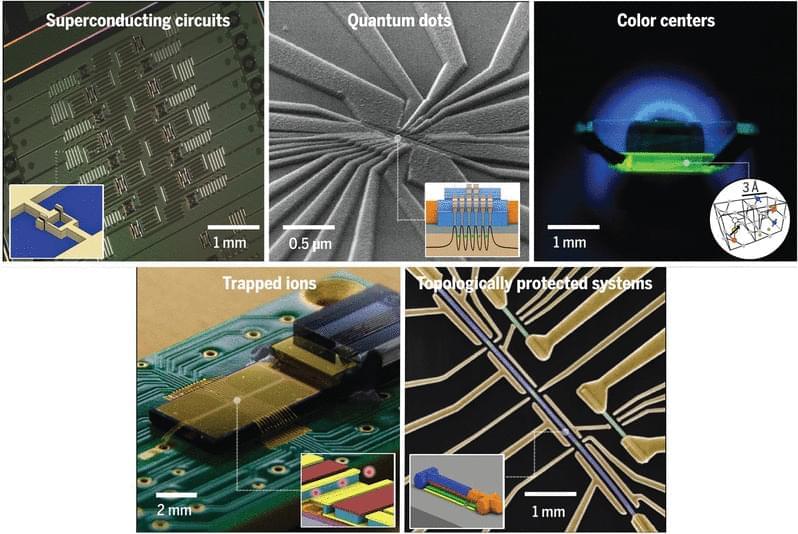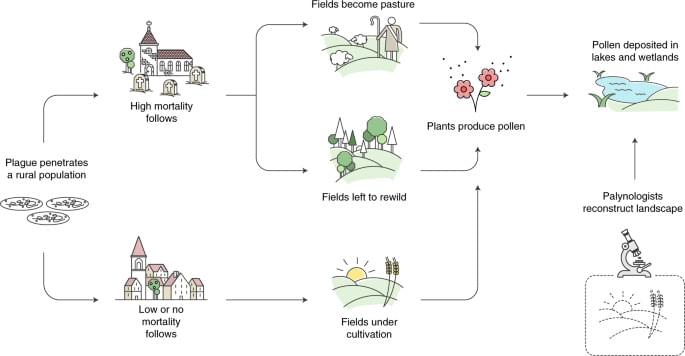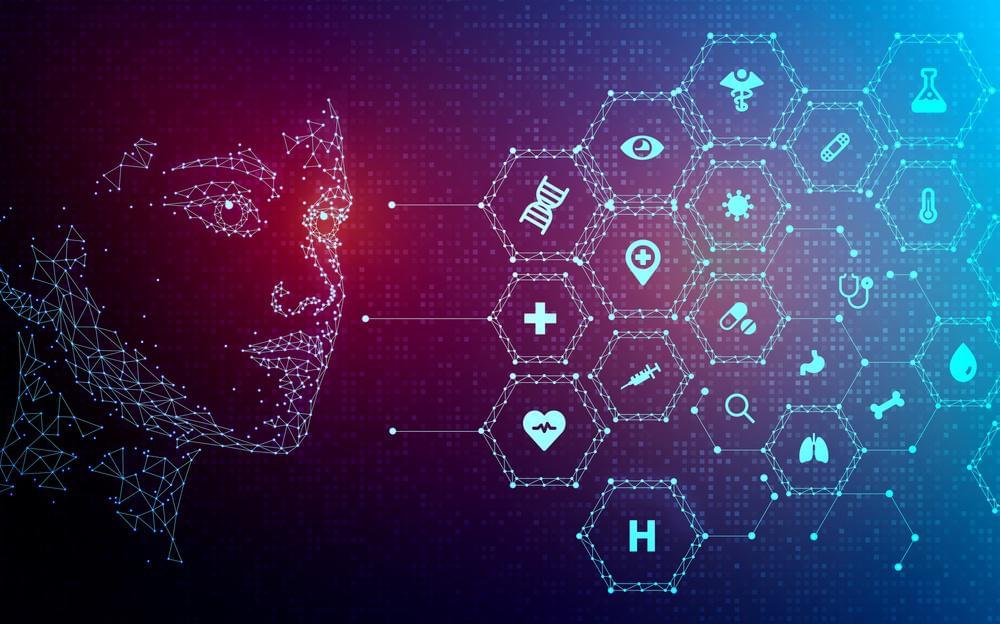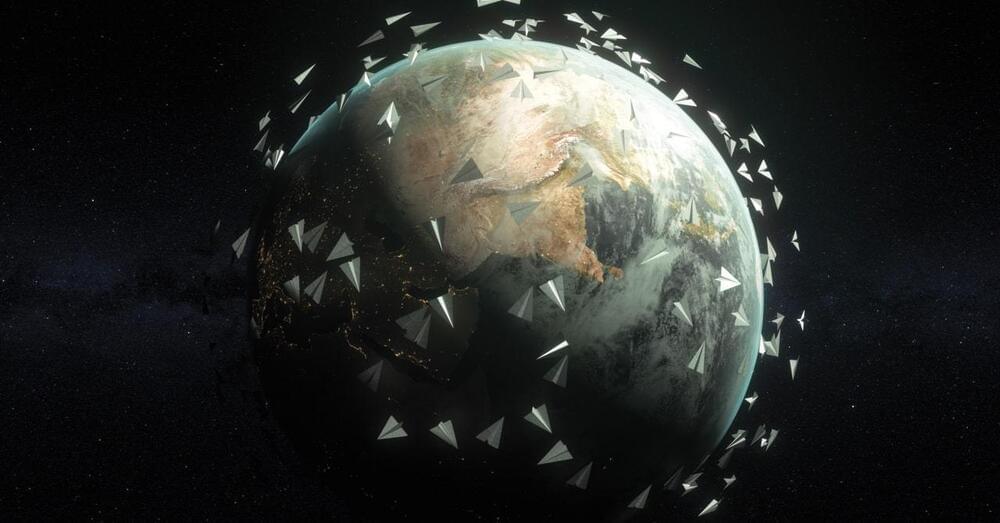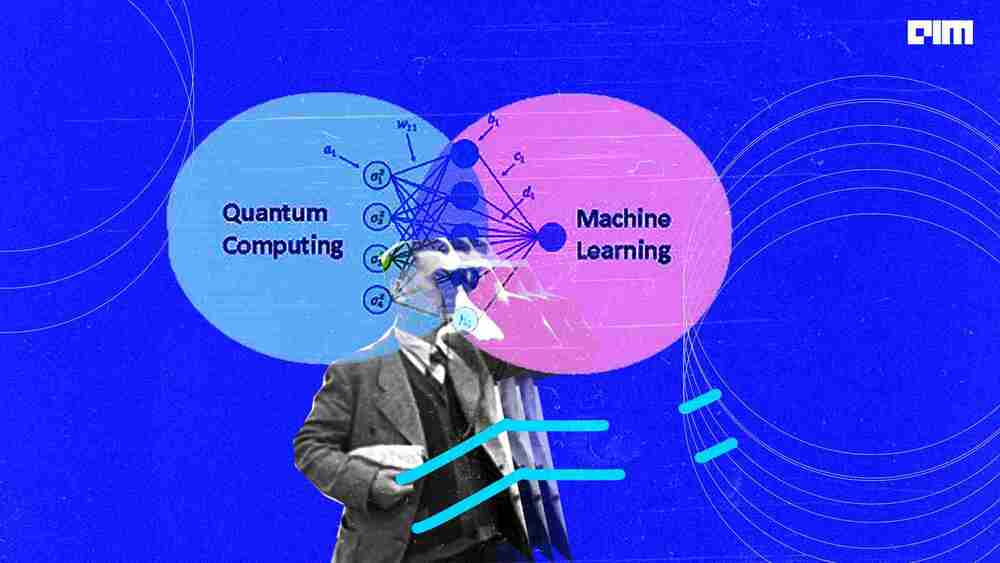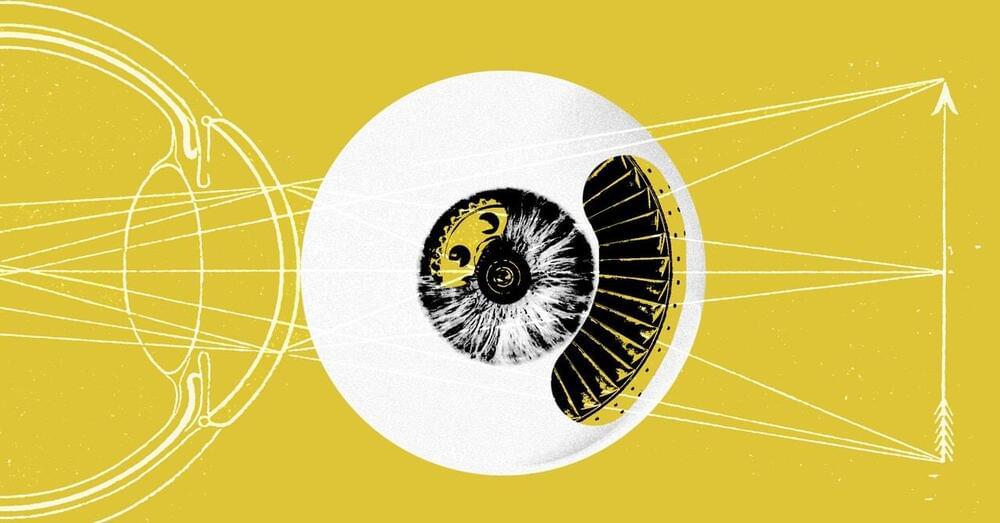Feb 13, 2022
Using algorithms to discover new mathematics
Posted by Kiran Manam in categories: biological, chemistry, information science, mathematics, physics
Fundamental constants like e and π are ubiquitous in diverse fields of science, including physics, biology, chemistry, geometry, and abstract mathematics. Nevertheless, for centuries new mathematical formulas relating fundamental constants are scarce and are usually discovered sporadically by mathematical intuition or ingenuity.
Our algorithms search for new mathematical formulas. The community can suggest proofs for the conjectures or even propose or develop new algorithms. Any new conjecture, proof, or algorithm suggested will be named after you.

